
MINSK, 7 November (BelTA) - On 7 November 2020, Belarusian President Aleksandr Lukashenko officially inaugurated the Belarusian nuclear power plant (BelNPP) in Ostrovets, marking the country's new era of nuclear power development, BelTA learned.div class="video_add">




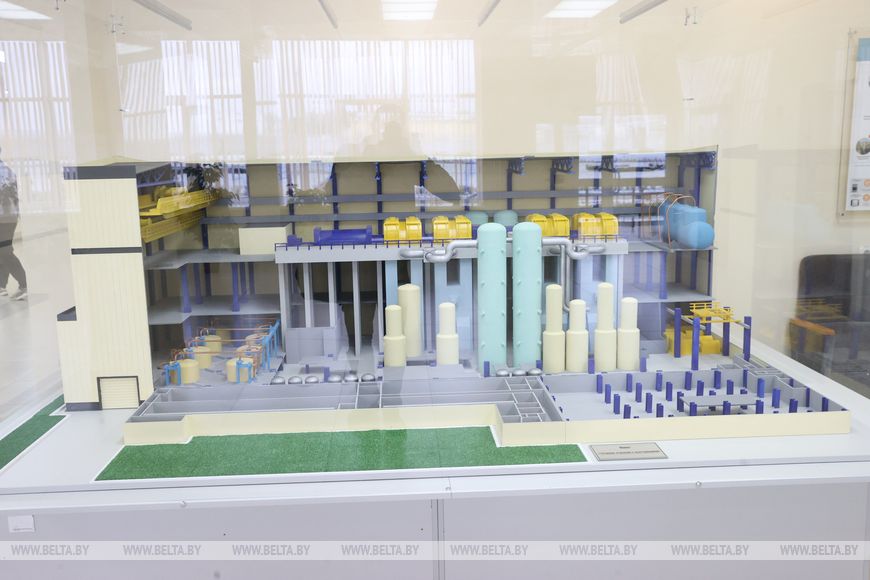
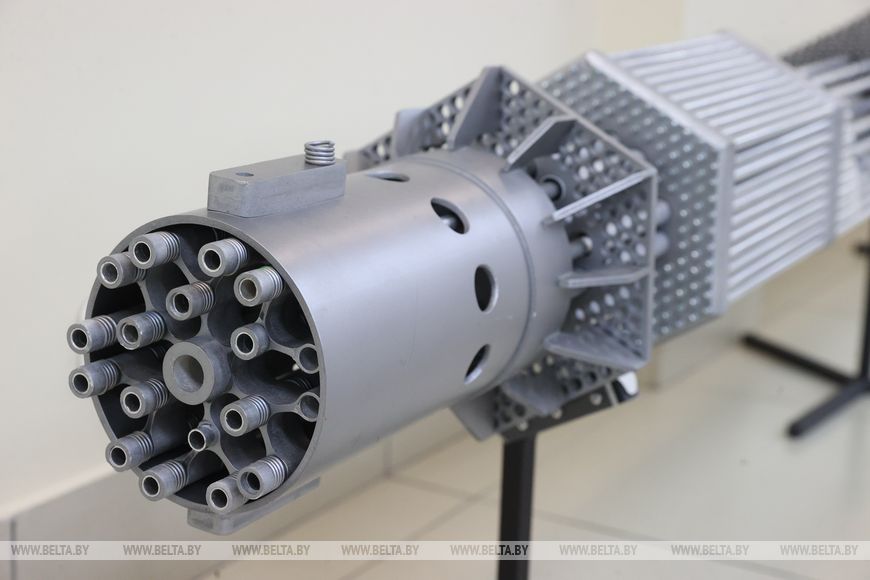
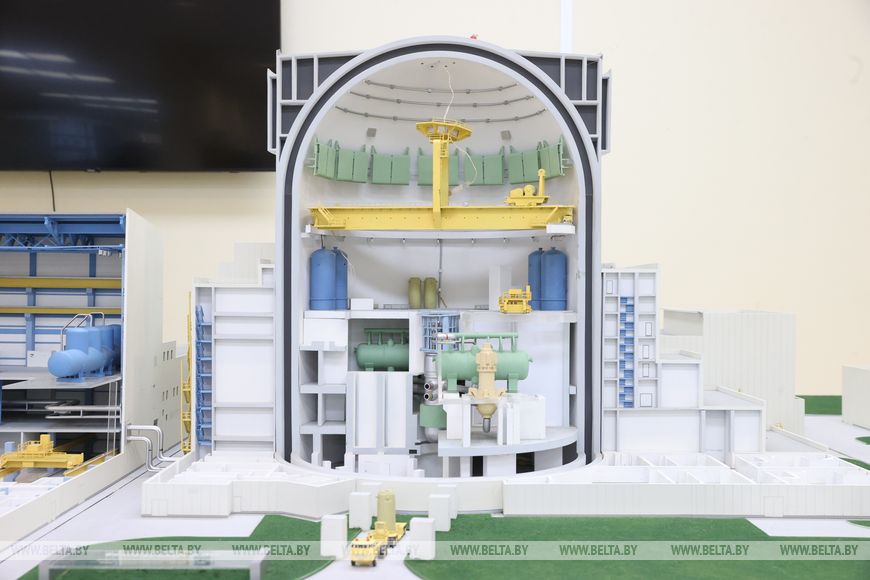
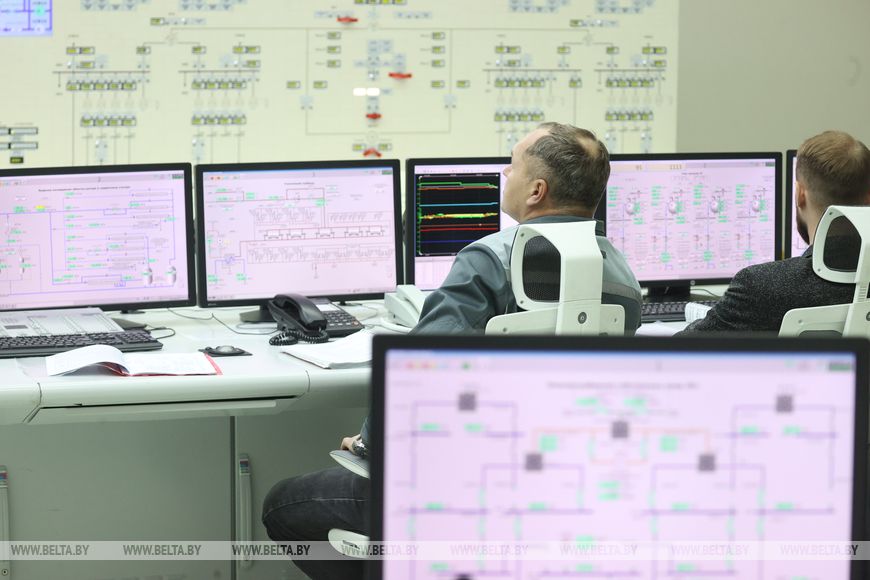

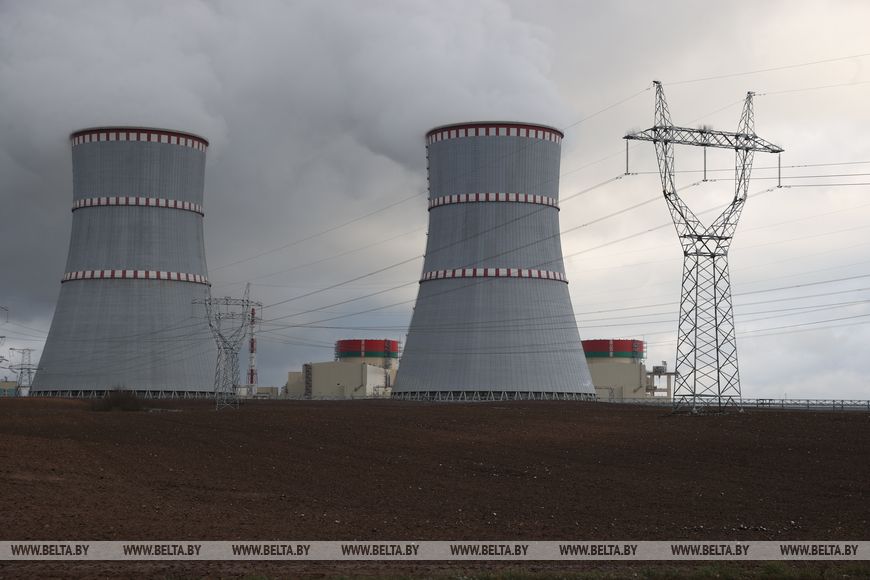
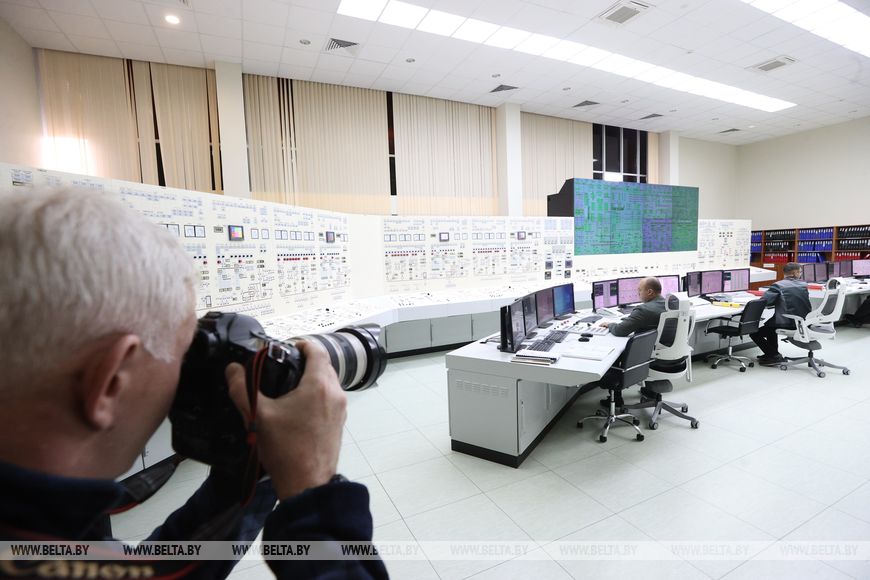
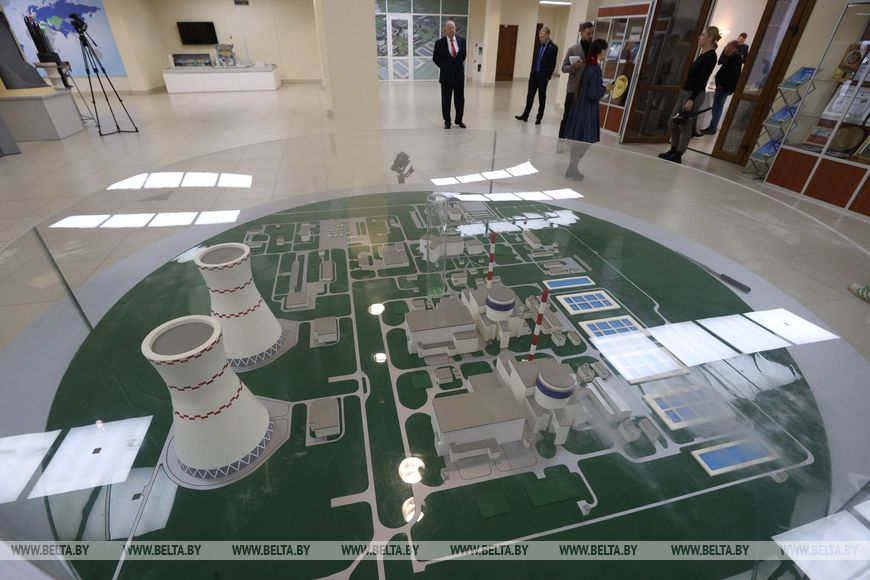
During his visit to the BelNPP that day, the head of state noted that it was a historic moment as the country was becoming a nuclear power. “The Ostrovets NPP is a new step into the future, toward ensuring the state's energy security,” he emphasized. “The launch of the plant will serve as an impetus for attracting the most advanced technologies to the country. And not only in the energy sector. But also in the development of electric transport, new energy-intensive manufactures, and innovative avenues in science and education.”
“This day will forever be etched in history. It marks the beginning of a new chapter in the history of Belarus, a modern, intellectual, high-tech Belarus. The country we are building together,” the president said.
Today, five years later, the advantages of having a nuclear power plant can be fully appreciated. “This decision played a crucial role in strengthening Belarus' national security and defined the horizons of its long-term development as a high-tech, innovation-oriented state. It was decisive for the energy sector,” Energy Minister Denis Moroz stressed in an interview with BelTA.




The country’s energy system faced numerous challenges. Prior to the decision to build the nuclear power plant, 95% of electrical and thermal energy was generated from imported natural gas. With the commissioning of the Belarusian NPP, this figure has dropped to 65%, meaning the share of hydrocarbon fuel in energy production has significantly decreased. “At the same time, we gained economic and environmental benefits: we enhanced the efficiency of the sector and now provide our consumers with affordable and environmentally clean energy, while also reducing total greenhouse gas emissions by over 26 million tonnes," the minister emphasized.
Belarus has completely ceased importing electricity. Previously, tens of millions of dollars were spent annually on purchasing it from other countries. “Now these funds are spent on other important national objectives. This represents significant savings for the budget. Most importantly, we are no longer dependent on anyone. The country now produces a sufficient amount of electricity to meet the needs of the real sector of the economy and household consumers. At the same time, demand for electricity continues to grow. Over the past five years, electricity consumption has increased by approximately 6 billion kWh. This is a substantial volume, reflecting the positive development of our country across many sectors,” the energy minister emphasized.



The Belarusian energy system has undergone significant changes. As part of integrating the BelNPP, a large-scale modernization program has been implemented: over 1,700 km of backbone electrical networks have been reconstructed, work has been carried out on high-voltage transformer substations, and state-of-the-art technologies have been introduced. These enhancements improve the reliability of power supply for consumers, reduce costs, and automate production processes. The level of digitalization at energy facilities has more than doubled. A significant portion of innovative projects are now being implemented using domestically developed software products.
Technological transformation is actively underway across the board, not just in the energy sector, but also in related industries: manufacturing, construction, medicine, and science. A new economic sector has been established in the country, complete with the necessary infrastructure and a modern personnel training system that meets high international standards. Today, Belarusian scientific and engineering schools, as well as design, engineering, and construction organizations, possess experience and expertise that are in demand both domestically and abroad. New competencies have been mastered not only in the field of nuclear power but also in related sectors, such as instrument and mechanical engineering, simulator manufacturing, microelectronics, and metallurgy.





The nuclear power plant is helping to meet the growing electricity demands of both the real economy and the population. Large-scale electrification of the housing stock and its conversion to electric heating have improved living comfort for hundreds of thousands of people, not only in cities but also in rural areas. Electric transport is developing dynamically. There are now over 41,000 electric cars in the country. The number of urban passenger electric transport vehicles, specifically modern e-buses, is also growing. They now operate not only in Minsk and regional centers but also in other cities across the country.
The Belarusian nuclear power plant uses the Russian design AES-2006 featuring two VVER-1200 reactors with the total output capacity of 2,400MW. It is an evolutionary nuclear power plant design with third-generation water-moderated reactors. Such designs boast improved technical and economic parameters. A combination of active and passive safeguards is their key feature. The reactor building is protected by a double containment shell. The reactor is designed to withstand events such as an earthquake, hurricane, flood, or explosion.













